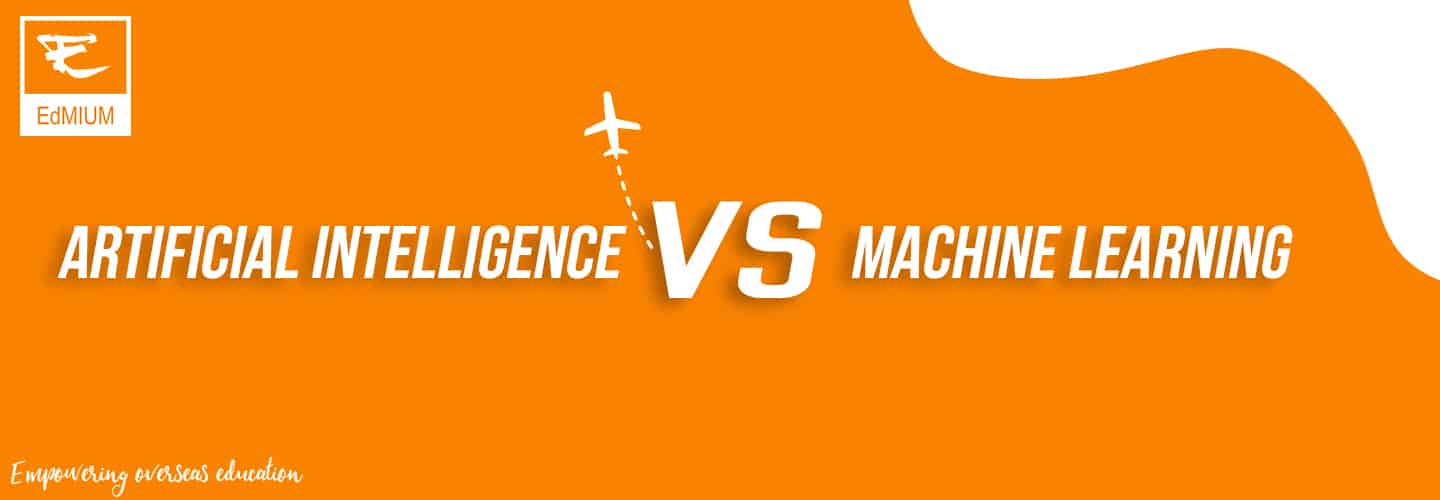Usually, when we come across the two words ‘Machine Learning’ and ‘Artificial Intelligence,’ we assume that both of them are more or less of the same meaning. No, they aren’t. To know the difference, we shall get into simple technicalities and understand them.
Artificial Intelligence
Artificial Intelligence is a technology that aims at duplicating human intelligence in the absence of humans. Humans usually employ machines and robots that use their intelligence to perform specific tasks. These machines use algorithms to run in a certain way.
In other words, artificial intelligence is a simulated environment that imitates human intelligence. It aims at improving experience without needing human interruption.
Let’s look at a few examples of Artificial Intelligence that we all can relate to.
• The face recognition option in our smartphones that enables us to unlock our gadgets without entering passcode is made using Artificial Intelligence.
• Editing suggestions and grammar checks that we extensively use are made through Artificial Intelligence.
• Siri, Google Assistant, Amazon dot, and echo are robots that mimic human intelligence and respond to humans.
Now, what is Machine Learning?
Machine Learning
Machine Learning is a part or application of Artificial Intelligence. Machine Learning uses memory or experiences to do a task.
For example, we get recommendations when we write an email. Based on the tone of the email and the past sentences, google suggests the next line. Surprisingly, these lines seem right. This is where Machine Learning’s part in Artificial Intelligence is used. Humans do not program these suggestions. They have derived these suggestions from past experiences. Machine Learning aims at delivering accurate information in the form of intelligence.
Speech recognition, medical assistance, etc., are also examples of Machine Learning that we use daily.
There are again subsets in both Artificial Intelligence and Machine Learning.
Subsets of Artificial Intelligence
• Machine Learning: Machine Learning, as we have already discussed, uses past experiences and data to deliver accurate, intelligent results.
• Machine Intelligence: This is a more advanced form of Machine Learning that includes cognition.
• Machine Consciousness: Machine consciousness is the ultimate form of Artificial Intelligence instilled in real-life machine entities. For, e.g. Alexa and Siri.
Source: Simplilearn
Subsets of Machine Learning
• Deep Learning: Deep learning draws information from unstructured data or history to mimic the human experience.
• Neural Learning: Neural Networks are nets cast by machines to analyze, recognize and take decisions just like neural networks in the brain work.
• Natural Language Processing: Natural Language Processing, as the name suggests, deals with the interaction between machines and humans in language. This ensures that the machines understand, perceive, and give outputs accurately.
Though Machine Learning and Artificial Intelligence are not precisely the same, the careers for both might end up being the same. This is because many organizations and cities use AI and Machine Learning together to be energy efficient, safe from cyber crimes and fraud, and improve and advance technologically. Therefore, both applications of Machine Learning and Artificial Intelligence go hand in hand.
 EdMIUM
EdMIUM